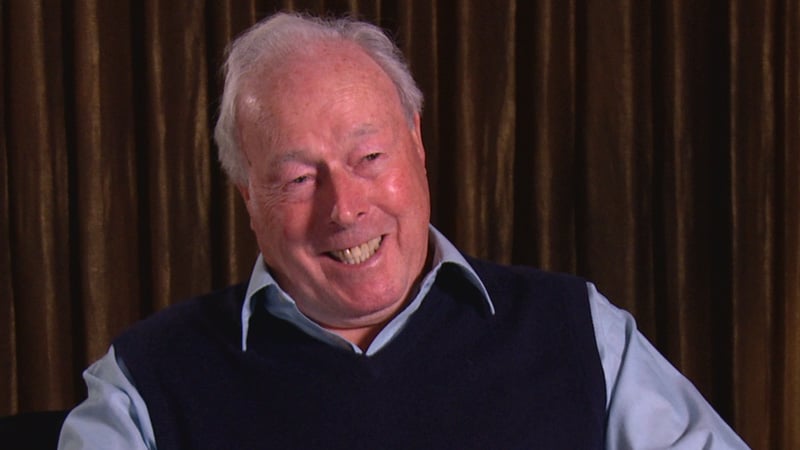Visual History with John Glen
Interviewed by:Michael Caton-Jones
John Glen was born in a suburb of London and as a teenager had an immediate affinity for filmmaking. Through a friend he was able to obtain a job as a messenger boy at nearby Shepperton Studios where he worked his way up, first in lighting and then in the sound and editorial departments for such films as Carol Reed's The Third Man (1949), Three Men in a Boat (1956), and The Green Man (1956). Upon moving to Pinewood Studios, Glen worked as the head editor and second unit director for several 1960s spy television series such as Secret Agent, The Avengers, Man in a Suitcase, and The Sentimental Agent. In 1968 he was given his first opportunity to direct for an episode of Man in a Suitcase. Until 1981 Glen’s focus remained on editing for the films Pulp (1972), A Doll’s House (1973), Seven Nights in Japan (1977), The Wild Geese (1978), and The Sea Wolves (1980)—all of which he also served as second unit director.
During this time Glen was hired by EON Productions as editor and second unit director for the James Bond films On Her Majesty’s Secret Service (1969), The Spy Who Loved Me (1977), and Moonraker (1979), directing the iconic pre-credits sequences. In 1981 Bond producer Albert “Cubby” Broccoli offered Glen the chance to direct his first feature, For Your Eyes Only. Glen directed five consecutive Bond films—Octopussy (1983), A View to a Kill (1985), The Living Daylights (1987), and Licence to Kill (1989)—the most by any director. Glen directed two incarnations of Bond (Roger Moore and Timothy Dalton) at locations throughout the globe including Switzerland, Gibraltar, Mexico, Austria, Italy, Greece, and India.
Glen also directed the films Checkered Flag (1990), Aces: Iron Eagle III (1992), Christopher Columbus: The Discovery (1992), The Point Men (2001), and episodes of the television series Space Precinct (1994-95). A member of the Directors Guild since 1990, Glen believes the most important service of the DGA is protecting the creative rights of himself and his fellow directors.
Select Viewing Option:
Highlights